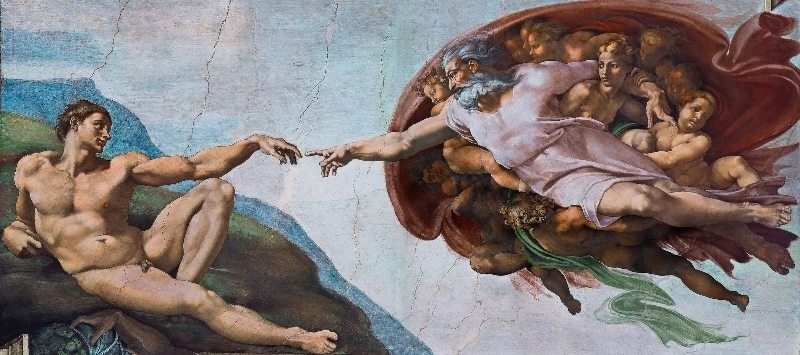Italian Renaissance
Episode #2 of the course “Art Movements Throughout European History”
The Italian Renaissance is a social movement that inspired a renewed interest in classic Greek and Roman techniques and ideas. This period is commonly considered to have begun as early as 1330 CE with Petrarch, but it fully came into bloom with the invention of the printing press and renewed interest in classic texts at the end of the 14th century. In the Italian cities of Florence, Milan, Venice, and Rome, aristocrats competed to develop and sponsor artists to create the most beautiful treasures of modern Italy. With wealthy sponsorships, the artists of the Italian Renaissance were able to create some of the most well-known artistic works in history.
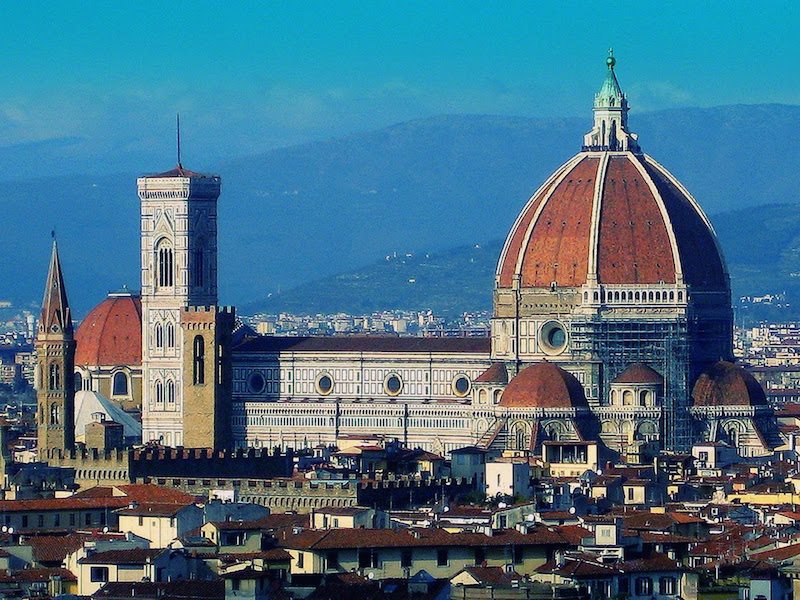 Santa Maria del Fiore
Santa Maria del Fiore
In architecture, designer Filippo Brunelleschi incorporated elements of ancient Roman design, such as balconies and columns, to inspire a generation of construction. In painting, Brunelleschi developed a new method of painting linear perspective, affecting everyone who viewed his work. In sculpture, Michelangelo breathed life into marble with a chisel, carving David from a single block.
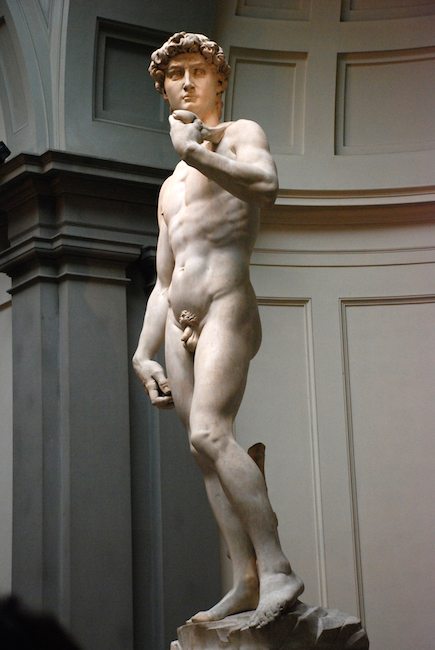 David, Michelangelo
David, Michelangelo
The great names of Renaissance painters include Leonardo da Vinci, Botticelli, and Raphael. These artists experimented with new techniques and materials that provided enhanced colors and rich clarity. They began to experiment with contrasts of lighting and shadow to highlight and downplay the subjects of their paintings. Renaissance artists painted heavenly stories as well as some realistic subjects, such as portraits of aristocrats.
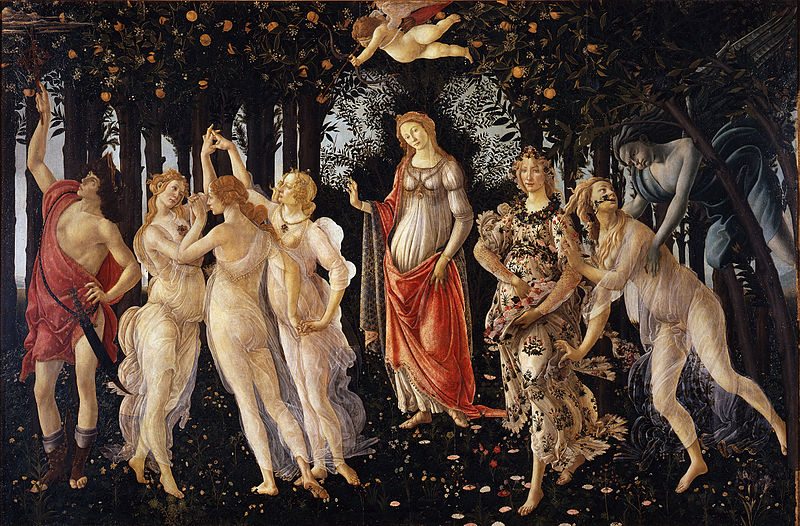 Primavera, Botticelli
Primavera, Botticelli
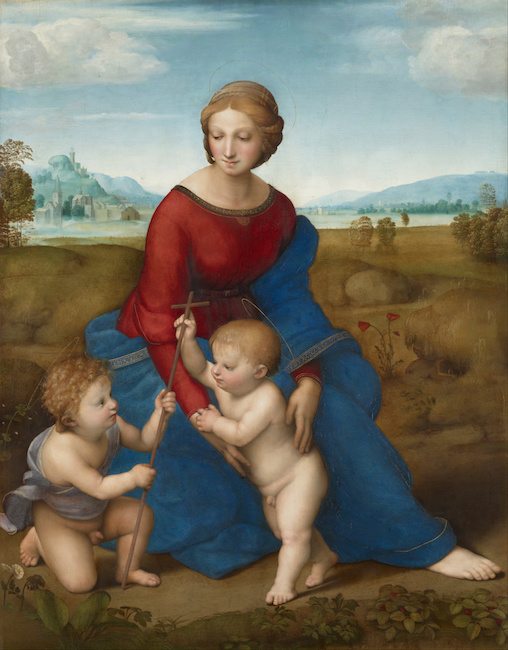 Madonna in the Meadow, Raphael
Madonna in the Meadow, Raphael
Religious imagery and themes are common. Renaissance artists’ works grace cathedrals and ecclesiastical buildings around Italy—scenes of Biblical stories, angels, and the interactions between men and heavenly figures, such as Michelangelo’s paintings on the ceiling of the Sistine Chapel.
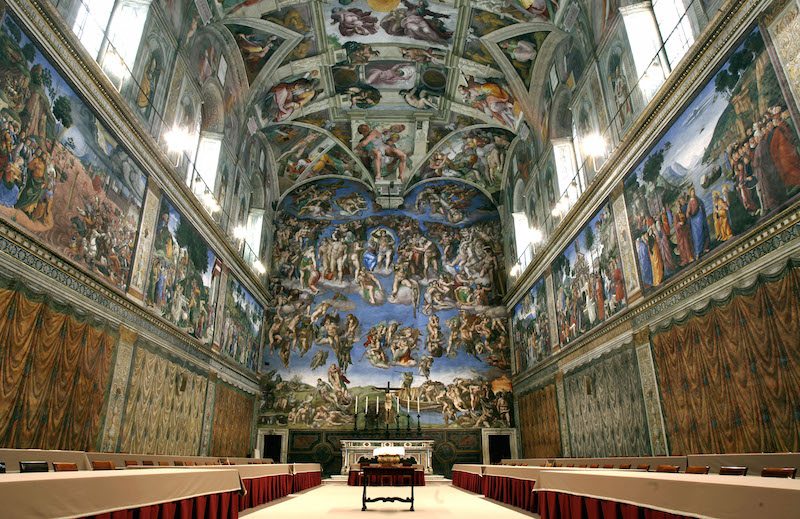 Sistine Chapel
Sistine Chapel
Renaissance painters’ portraits of secular people, such as Da Vinci’s famous Mona Lisa, often have an ethereal quality. The “ordinary people” in Italian Renaissance art often resemble angels or have an angelic beauty. With the establishment of the Spanish Inquisition, 1545 is typically seen as the year that the Italian Renaissance ended.
 Mona Lisa, Leonardo da Vinci
Mona Lisa, Leonardo da Vinci
Share with friends

